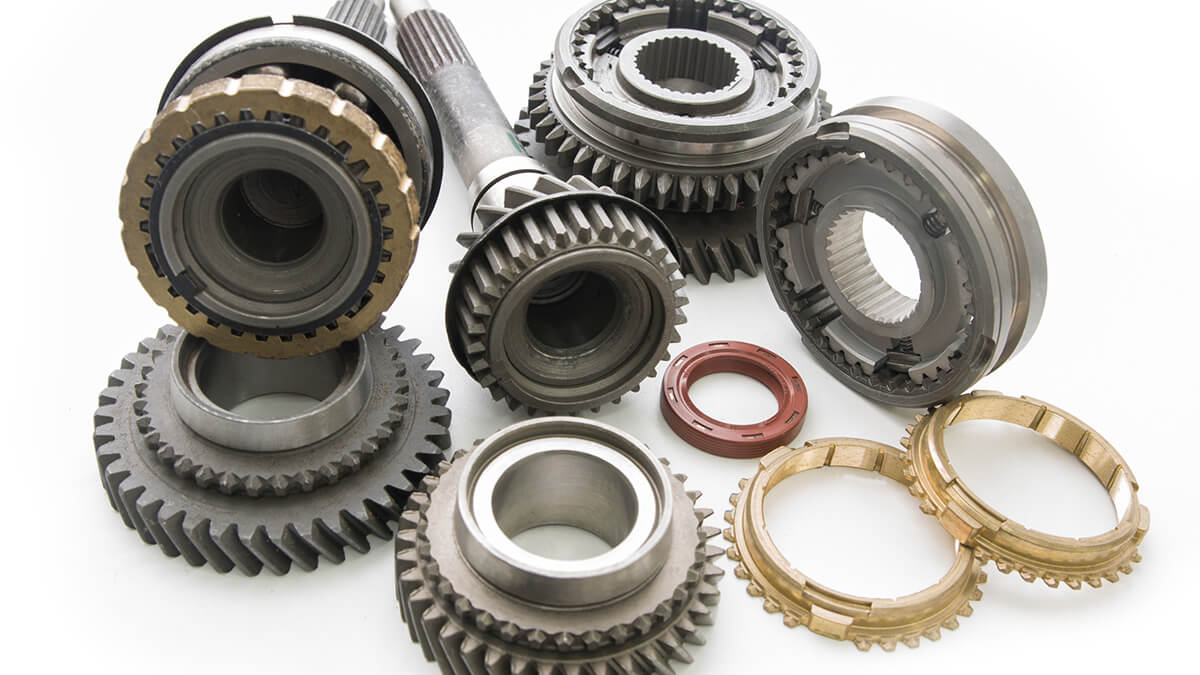It is inevitable that there will be some defects in the reprocessing process of metal-related mechanical equipment or parts. Therefore, the surface processing procedure of the last item is very important, and the function of surface beautification and protection is carried out, thereby improving the performance of metal parts and avoiding rust.
Why do you need surface treatment?
In life, precision parts are often processed around us, and its existence brings great convenience to our lives and work. Sometimes, we will find that the precision parts are black after processing copper materials. What is the situation? How should we solve it? Because copper is an active metal atom, chemical reactions easily occur in the presence of oxygen in the air. Most of the metals will turn black after oxidation, producing copper oxide. The chemical reaction formula is: 2cu + o2 = 2cuo. In many cases, the brass parts that are processed by precision parts have been oxidized and blackened before being sent to the customer, the quality is reduced, the appearance is affected, and even the rework is performed, which increases the cost.
Therefore, when manufacturing precision parts, the passivization process of surface processing should be considered. The principle is to attach a layer of chemical conversion film. Because it is a chemical conversion film, it cannot be touched by hand. It does not affect conductivity, weld-ability, and work piece size. The hardness will not change.
Surface treatment process
The processing process is as follows: use a stainless steel container to fill the passivization solution, put the work piece to be processed and soak it for about 5 minutes, take out the work piece and rinse it with water to dry it; note that before doing passivization, the work piece must be pre-treated for the purpose To prevent oil stains or oxides on the surface of the work piece, it is necessary to remove the oil or clean the oxidation first. The stain can be removed with a cleaning agent or a decreasing agent, and then the surface is cleaned to passivization protection. To increase the brightness of the parts, the surface can also be polished with a polishing agent and then processed. The polishing process does not require any equipment throughout the process, and can be directly immersed.
Surface treatment is a process of artificially forming a surface layer on the surface of the base material that is different from the base in mechanical, physical and chemical properties. The purpose of surface treatment is to meet the corrosion resistance, abrasion resistance, decoration or other special functional requirements of the product. For metal castings, our more commonly used surface treatment methods are mechanical polishing, chemical treatment, surface heat treatment, and spraying the surface. Surface treatment is to clean, clean, deburr, degrease, and descale the surface of the work piece.







.png)






